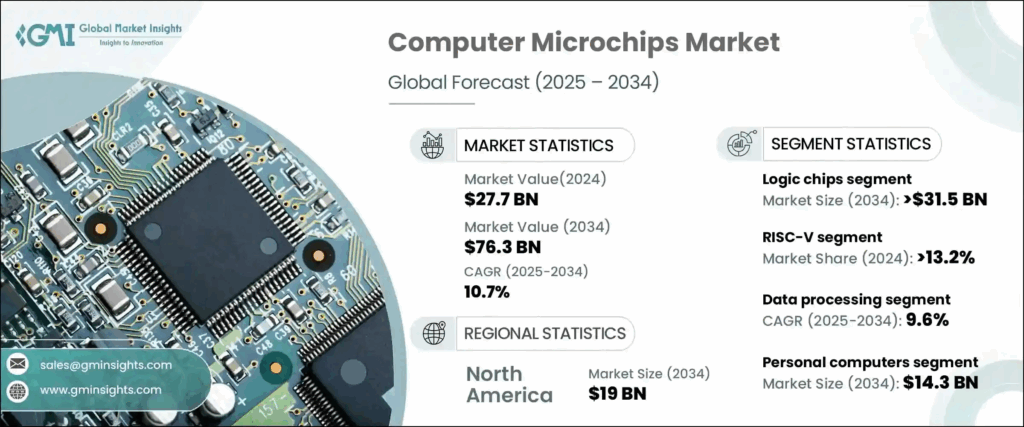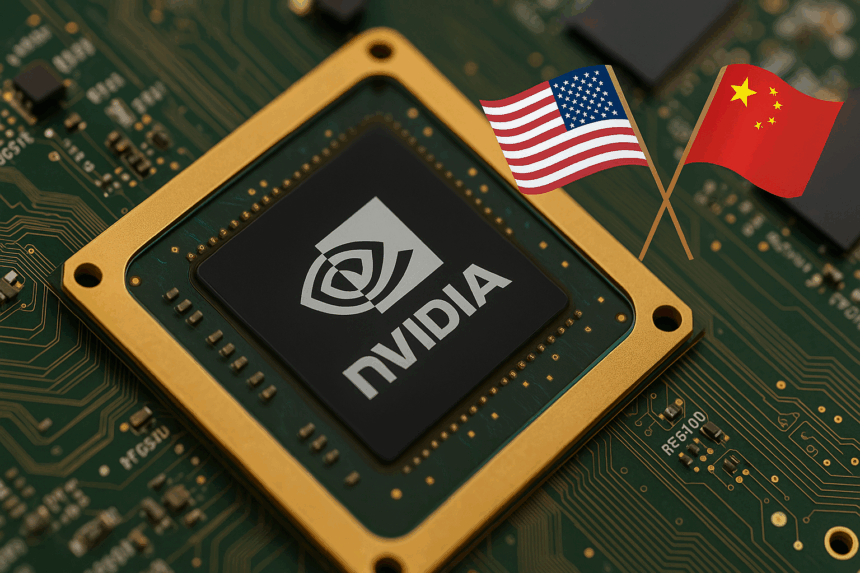Nvidia reports strong Q1 earnings for fiscal year 2026, beating market forecasts. Despite losing around $8 billion due to U.S. chip export restrictions to China, the company shows robust demand. Nvidia now ranks as the world’s largest company by market cap, ahead of Microsoft and Apple.
What’s Happening & Why This Matters
Nvidia’s data center revenue rises 73% year-over-year to $39.1 billion (€34.7 billion), reaching a record high. This growth slows compared to last quarter’s 93% surge. Overall revenue climbs 69% to $44.1 billion (€39.2 billion), and earnings per share hit $0.96 (€0.85), both exceeding analyst expectations.
CEO Jensen Huang attributes this success to the soaring demand for artificial intelligence (AI). The new Blackwell AI chip enters full production across system makers and cloud providers. Huang says, “AI inference token generation has surged tenfold in one year,” further demonstrating AI’s critical role, similar to electricity and the internet. Nvidia sits at the center of this transformation.
U.S. export controls weigh heavily. New rules require Nvidia to obtain export licenses for its H20 GPUs to China, a previously allowed practice. This causes $4.5 billion (€4 billion) in inventory write-downs. Without these, Nvidia could have added $2.5 billion (€2.2 billion) in sales.
Gross margin falls to 61%, down from an expected 71.3% without export charges. Huang calls the Chinese market “effectively closed to the U.S. industry,” leading to multibillion-dollar write-offs. Nvidia forecasts next-quarter revenue near $45 billion (€40 billion), plus or minus 2%.

Huang says Nvidia explores alternatives to the H20 chip but needs U.S. government approval.
Outside China, Nvidia pursues growth. The company supports President Donald Trump’s AI initiatives announced earlier this year. Nvidia partners with Saudi Arabia’s HUMAIN to build AI manufacturing facilities, signaling expansion in the Middle East.
Analyst Josh Gilbert from eToro Australia notes, “While sales in China face uncertainty, the Middle East offers Nvidia a new launchpad for growth.”
TF Summary: What’s Next
Nvidia shows that AI demand drives growth despite geopolitical challenges. The company’s pivot toward new markets and innovation is proving effective in maintaining its position as a leader in AI.
Export restrictions remain a hurdle. Nvidia’s success depends on adapting products and securing government approvals. Emerging partnerships in the Middle East offer promising growth avenues.
— Text-to-Speech (TTS) provided by gspeech.


